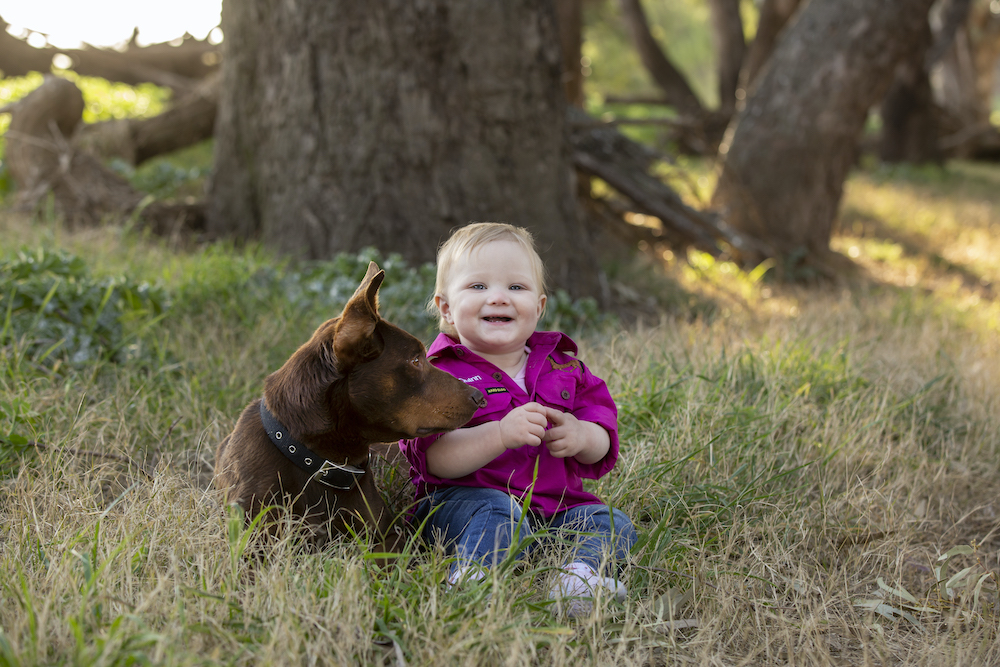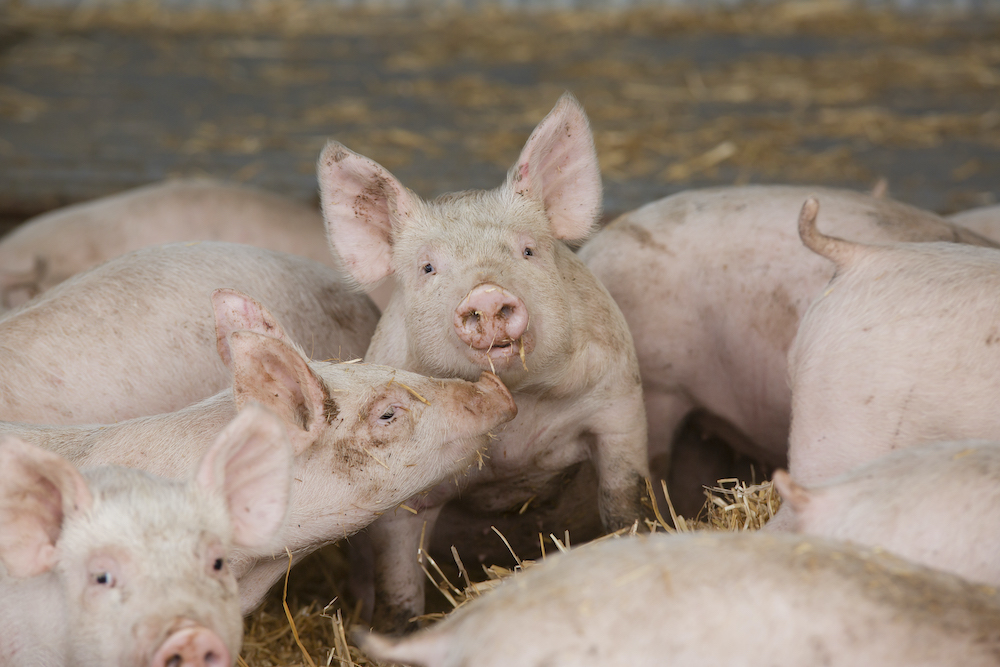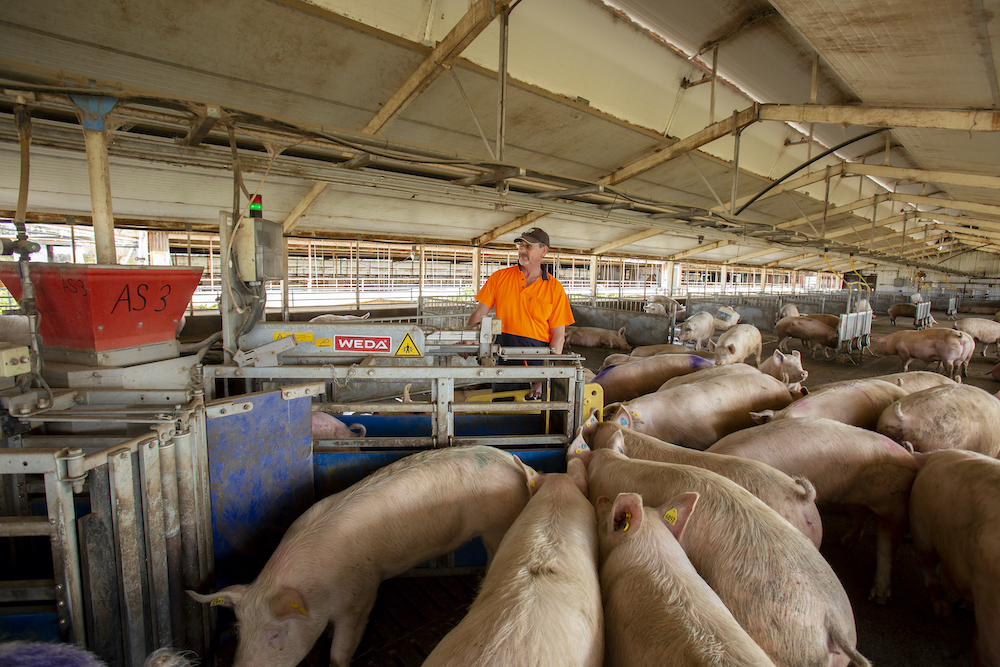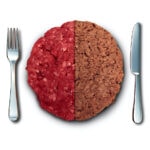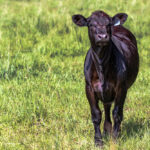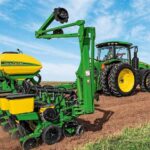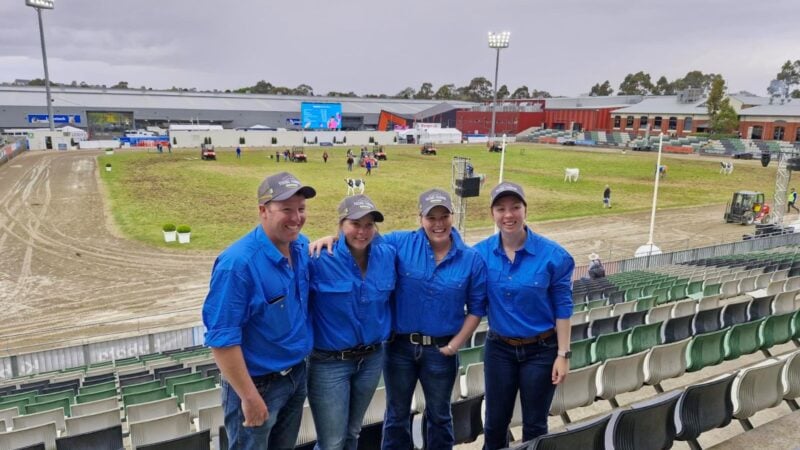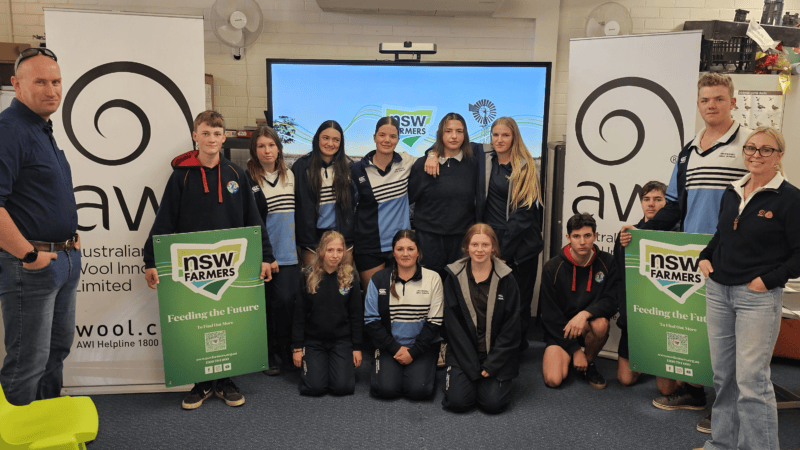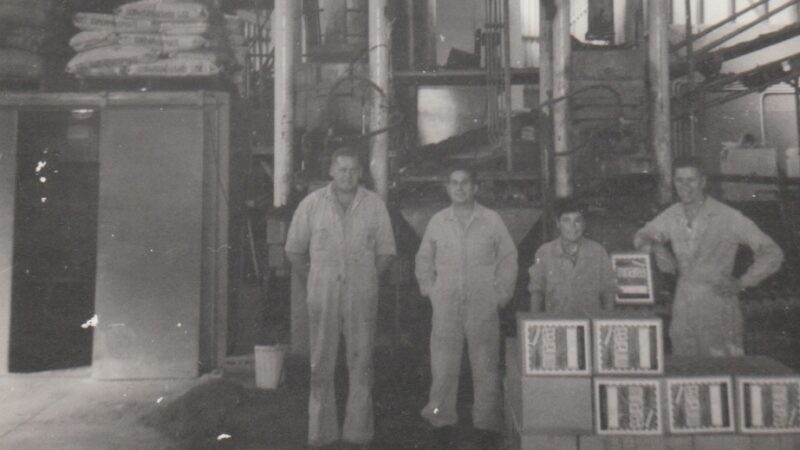At the NSW Farmers Alternative Protein Forum held in Sydney this March, representatives from relevant…
Generations of pork farmers from Young
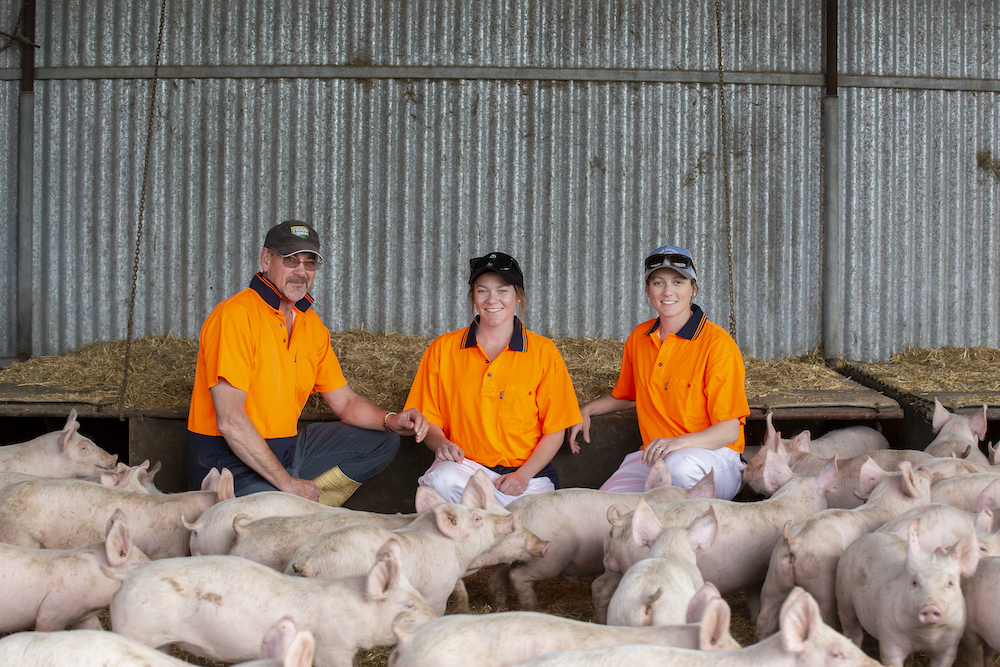
First generation: Ean’s dad Ron – aka ‘The Rash’
“My father Ron used to run his pigs outdoors. However in 1967 he realised that bringing them indoors would remove negative impacts upon them, such as the weather, and it meant he could more easily monitor their environment, feed, wastage and temperature,” says Ean Pollard.
“Being the mid-60s, he also figured that free-range pigs were difficult to keep in a designated area. They’d find a hole near a fence and the next thing you knew, they’d be out and about. Even when electric fencing came in, the pigs would run towards the fence, squealing before they even reached it. At that time there weren’t many indoor piggeries and my grandfather Roly (and the local bank manager) thought it was a bit risky housing pigs indoors, so they wouldn’t lend my father any money to build the sheds he needed.
It meant his project started with only 40 sows, but as pigs are prolific breeders and grow very quickly, he soon expanded. In fact, the piggery was nicknamed ‘The Rash’. Dad was a handy builder and a prolific worker, and when he set to work on something new, some of the cheeky workers would joke, “Oh, The Rash is on the spread again.”
One thing Ean’s father learnt very early on is that he needed to cater for all areas of the business when building a piggery – mating, dry sows, farrowing, weaning, growing. “So it’s not just about one shed to increase production,” he says.
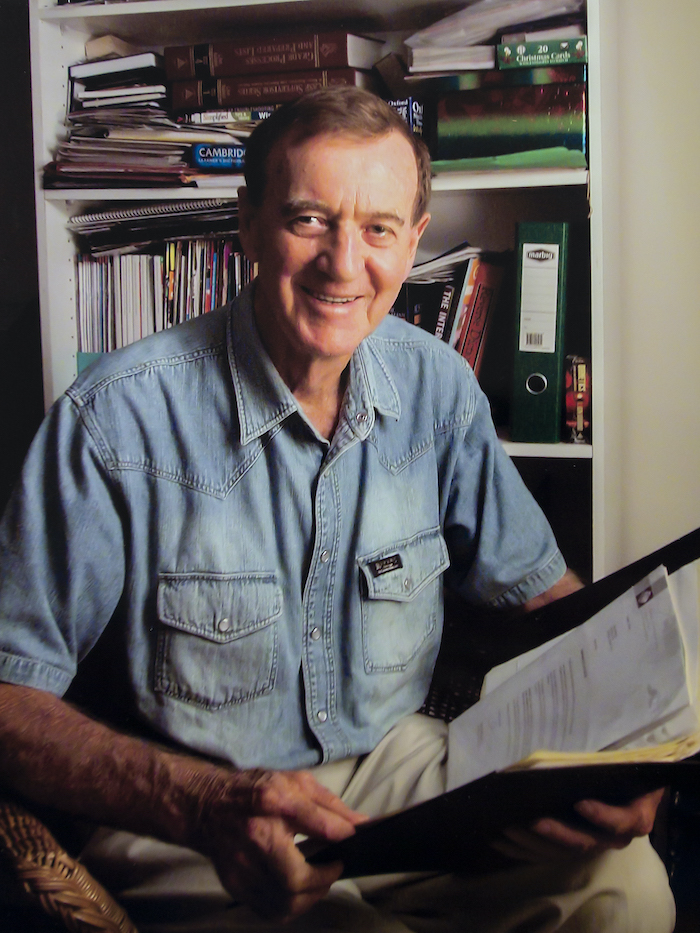
The Next Generation: Ean Pollard
“I was only five years old when Dad tried this new indoor approach, so I hardly ever saw pigs outside, and never even stopped to consider that things should be done differently.
I had more diesel running through my veins than pig husbandry skills however, so after leaving school I took on the farming operation, and this gave Dad more time to get involved in agri-politics. He was a committee member, then chairman of NSW Farmers’ Pork Committee, and heavily involved in the establishment of Australian Pork Ltd, including serving as chairman for three years.”
Ron and Ean ran merino wethers and cropped about 1600 hectares of wheat, barley and canola which complemented the piggery side of the business.
But in 2003, mycoplasma pneumoniae – a respiratory disease that affects a pig’s growth and performance – spread amongst the pigs, and at that time it was very difficult to treat.
“So we completely depopulated our piggery. All our staff had to become builders rather than stockmen, and we completed a huge amount of renovations before restocking with mycoplasma-free stock, which became a closed herd,” says Ean. “It was a massive project and since then we have housed our boars four kilometres away in a separate building, collecting the semen and bringing it back to the breeders on the main farm. This lowers the potential of introducing disease to the main herd.”
Ron was ill for some time and passed away at 72, so Ean has been running the piggery since 2005. He and his wife Janine have three children – a son named Dean and two daughters, Kiera and Laura. Dean is a project manager for a builder in town and the daughters have both completed agricultural degrees at university. “We are proud to say they now live and work on the farm with their partners.” Ean says.
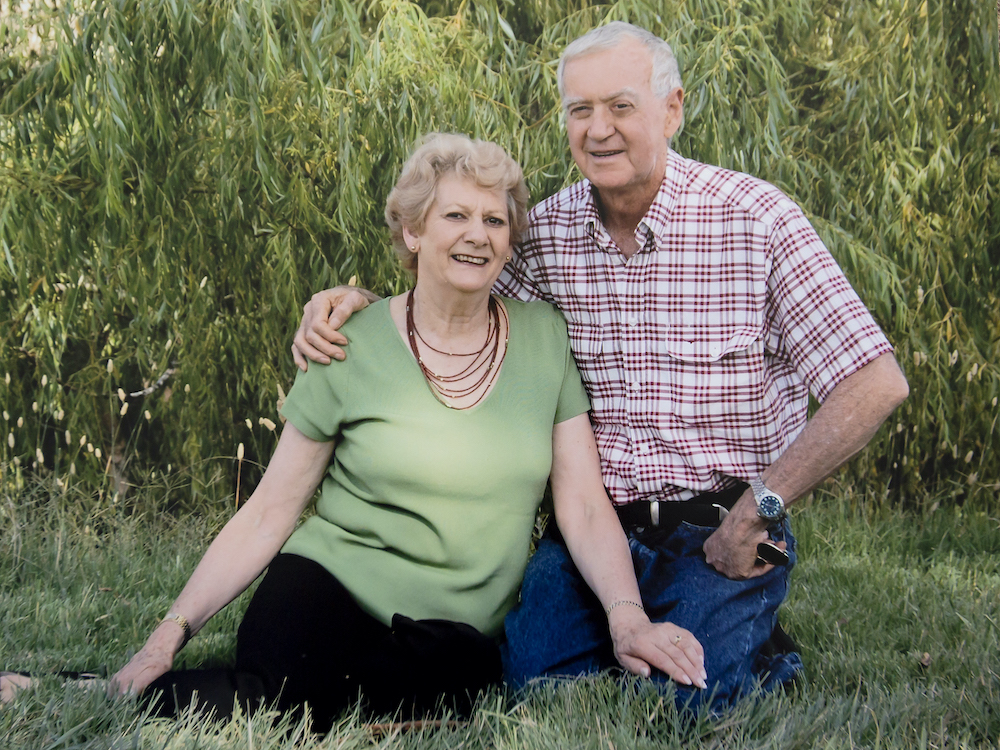
Animal Activists & YouTube
Back in 2013, before completing our move to group housing, the Pollards were raided by animal activists. “We didn’t even realise they had trespassed on our farm until we saw the footage they had taken in the piggery on YouTube,” says Ean.
They broke in at 3am, woke the sows and stirred them up with torches while taking videos.
“The sows, of course, thought it was feeding time and started calling out for their food. After some time, with the sows not being fed, they became very agitated and upset, and this certainly made for some sensational footage as far as the activists were concerned,” says Ean. “The backlash was very hurtful – to myself, my family and my staff, as it was not a true reflection of how we care for our animals. It particularly affected Kiera, making her question her career choice in agriculture.”
In the end Ean produced a response video. “We showed the activists’ footage then showed the same building in daylight and in colour,” says Ean. “A lot of people said things like:
“Good on ya for standing up for yourselves”, and that did help. Due to this upsetting event, I’ve also now given evidence to two Senate enquiries supporting changes to trespassing laws. The thing is, we’re always mindful of our pig welfare. The happier a pig is, the easier your job is.”
Daughters on the Farm: Laura Pollard
Laura Pollard, 25, recently found her yearbook from Year Six. Under the heading “What do you want to be when you grow up?” she’d written “Farmer”.
“I always loved doing that stuff city kids miss out on,” says Laura. “I would sit in front of Dad on the quad bike and pretend I was the one driving to move the sheep, and he was happy to go along with that because it meant he had a gate-opener. I also loved working in the farrowing sheds, especially moving the weaners. I thought it was the coolest thing ever, seeing around 400 weaner pigs running around with their ears and tails going as they moved down the passageway.”
Laura completed a Bachelor of Agriculture and then came back to the family farm. She’d met her now-husband Tom, who also lived in Young, so she had desire to move away.
“My sister Kiera was also back on the family farm with her husband, and Dad asked us if we all wanted to buy some shares in sheep,” she explains. “We bought some wethers at first but then last year Kiera found a mob of 400 ewes that were scanned in lamb. We asked Dad if we could go halves with him and he agreed, on the condition that we looked after everything.”
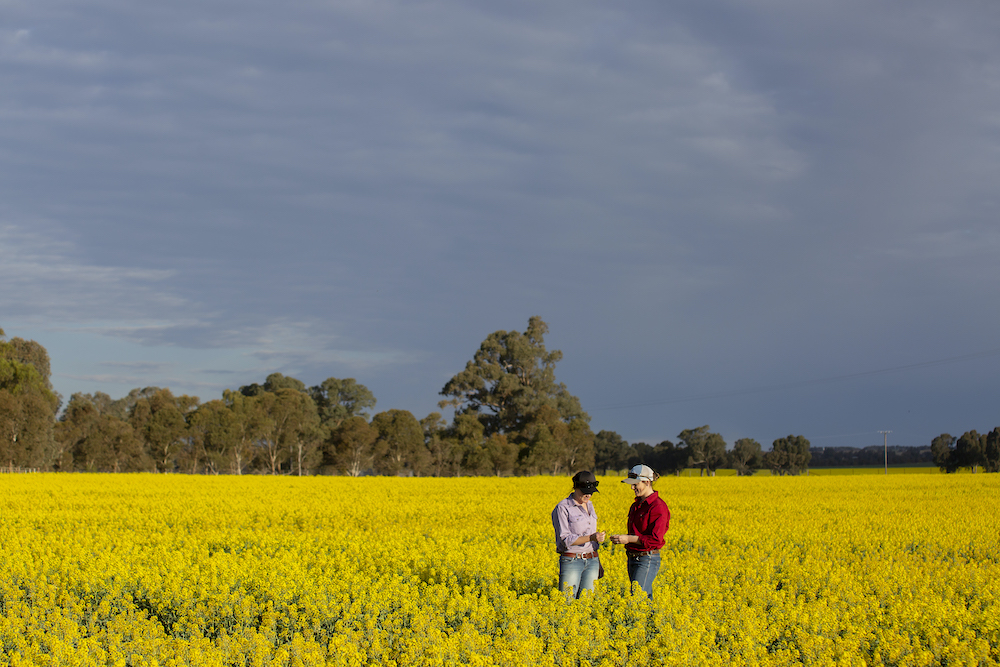
Laura was surprised when their father agreed. “Because we hadn’t run ewes on the farm before, it’s been a great learning experience for us all. For instance, last winter we had a cold snap and it was near freezing when the first ewes started lambing, so unfortunately we lost a few lambs. But the rest are going really well and even though this was our first experience, it has not shied us from sticking with the ewes.”
When the animal activists broke into the family piggery, Laura was overseas taking a year off study and work to travel. “I was very homesick, so Mum and Dad didn’t tell me until they came over to visit,” she said. “I would have wanted to come home if I’d known. I was really upset but knew I couldn’t do anything to help. Since I have come back, I have realised that it still affects me, especially when cars go past at night. I’ll check to see if they keep going and that they don’t come down our driveway. Before the animal activists broke in, I didn’t worry about anything like that.”
Laura loves working with her family. “Dad is very smart and a great role model,” she says. “He’s taught us to back ourselves and if it doesn’t work, to learn from our mistakes and try again a different way. When he retires or slows up a bit, Kiera and I will tackle everything together. That’s our future as I see it.”
Following in their footsteps: Kiera Pollard
Kiera Pollard is 29, and her favourite memory growing up is working in the farrowing sheds with her sister.
“Growing up, Laura and I worked in the farrowing sheds with another lady, who treasured this notebook for all the records. It sat in her pocket and we were never allowed to touch it.When she moved on, her replacement gave us the notebook and it felt like such a promotion. I reckon it was one of the best days of our lives!” says Kiera.
After school, Kiera went to university to gain a Bachelor of Agricultural Business Management. “People were really interested when I said I came from a pig farm. It was something no-one else knew much about, and it was great to be able to educate them,” she says. “The thing that really surprises everyone when you explain more about piggeries, is how productive pigs are, especially in comparison to cattle and sheep.”
Kiera knew that she wanted to return to the family farm, but she also wanted to work somewhere else first to gain experience, and that pull saw her heading north to Toowoomba, and working for Chris Richards & Associates – a pig vet company.
“In that role I was able to see so many different piggeries across the country. It was so interesting to see how other farms operated, giving me the opportunity to compare with what I knew, and bring that new knowledge home,” she says.
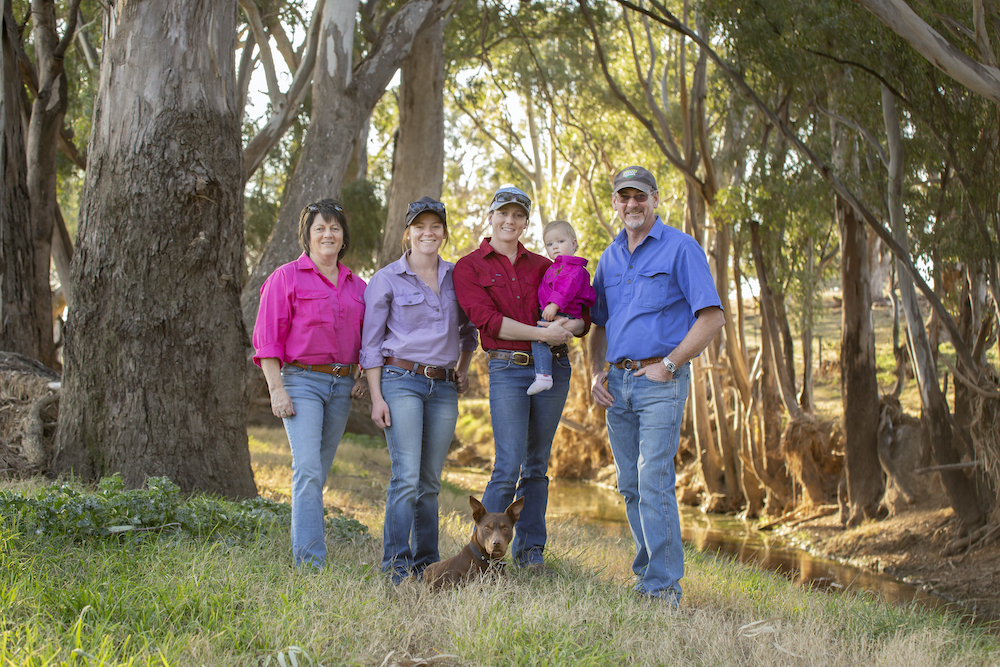
Initially when Kiera returned home there wasn’t an obvious role for her, so she started doing some work with the sheep, and a bit of cropping. “I also spent a lot of time implementing our electronic sow feeding system,” she says. “But now my main responsibility is the sheep. We used to only run merino wethers but recently Laura and I twisted Dad’s arm to let us buy 400 ewes in lamb. We bought them with our partners and in return for our share all the sheep operations – including organising shearing, drenching and lamb marking – is our responsibility.”
The girls have already made a few changes. “We used to shear in February, for instance, but it was fly season and our shearing shed was ridiculously hot. Combine that with our big strong wethers, and the shearers hated it,” she explains. “We’ve now changed the breed so they are plainer in the body, and shear every six months in October and April. This has helped lower input costs and reduce chemical usage, which in turn streamlined our operation. We are also joining the ewes to a Dorset ram for the first time and aiming to sell into the sucker market.”
When Kiera first found out about the animal activists’ video, she was unnerved and didn’t want to go near the piggery. “I was also worried that they had planted video cameras. It was a terrible feeling to think you were possibly being watched and your operation being portrayed as something horrible and untrue.”
Kiera isn’t sure which animals she will choose to work with in the future, but something that she does know is that she loves working with her family. “I see them every day and that’s fantastic,” she says. “I even get to take my daughter Quinn (who is one-year-old) with me most days as well. I look forward to seeing how the business grows and also to making our own mark in this country as future farmers.”
